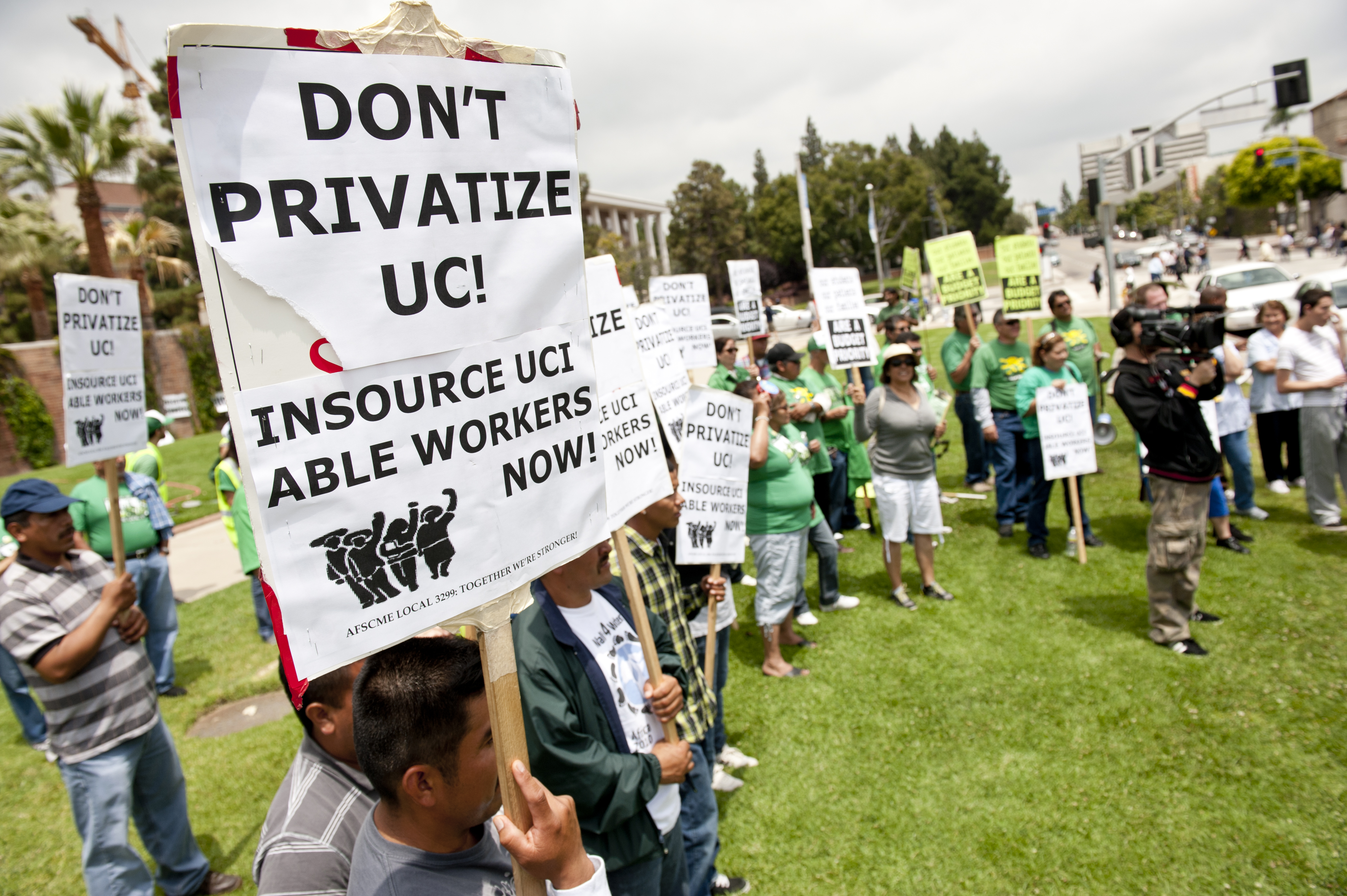Correction: The original headline referred to the 9.6 percent tuition increase incorrectly.
Kanwal Ali is already tens of thousands of dollars in debt, and that figure may soon go up even higher.
The third-year anthropology student from Texas is thinking about taking out even more loans to finance double-digit tuition hikes coming in the fall.
Ali estimates she will be paying about $56,000 to attend UCLA when school starts. Had she known that her tuition would go up by about 50 percent in her first two years at UCLA, Ali said she would have chosen a private school.
“I’m paying so much, and I feel I’m not getting enough out of it,” said Ali, who has also taken a job at the UCLA Semel Institute for Neuroscience and Human Behavior to finance her education. “Private universities care about you, they have your back. At UCLA, you’re on your own.”
The UC Board of Regents voted to adopt a 9.6 percent hike in its meeting on Thursday, saying that slashes in state funding forced the measure. The markup comes on top of the 8 percent increase approved in November, bringing the total jump to 17.6 percent.
About 55 percent of UC students will not have to pay the increase because of an expanded Blue and Gold Opportunity Plan financial aid package. That leaves slightly less than half of the population paying more than $12,000 in tuition.
That is the cost of retaining quality, said Andrew Sabl, an associate professor of public policy and political science.
“If students would prefer to attend Cal State Westwood, they can keep low tuition,” Sabl said.
Jeremy Schmidt, a graduate student of English, said that tuition hikes largely do not affect him financially. Instead, he has felt budget reductions through the closure of tutoring programs and the possibility of larger class sizes and fewer teaching positions.
Schmidt remembers one student who had gone to various parts of campus for writing help and landed in the English department’s teaching assistant office.
“He was just looking for help with revising a letter of rec (sic) he was writing for a teacher he had really liked,” said Schmidt, who sat down with the student and gave him advice. “There was nobody on campus to help him with it.”
The university’s fiscal problems weigh heaviest on middle-income students, said a number of regents. Middle-class families may no longer see the UC as affordable, causing the percentage of students from this income group to decline, according to the UC Annual Accountability Report.
“Either students are getting enough financial aid or don’t need it, and that makes it harder for students to get together, feel the struggle and work toward a goal,” said Joelle Gamble, Undergraduate Students Association Council external vice president.
Gamble said she is from a middle-income family and has already made a list of 20 scholarships to apply for.
Rather than continuing to raise tuition, university and state leaders should negotiate a blueprint for the UC system ““ a step the University of Michigan has already taken, said Daniel Mitchell, professor emeritus of the UCLA Anderson School of Management and the Luskin School of Public Affairs.
The state would lay out its goals for the university, and the UC would estimate how much it would cost to meet them. California would then try to match those numbers in funds.
“It’s a better way to go than waiting for something to happen, then raising tuition when the budget is cut,” Mitchell said.
Still, future hikes could be in the university’s cards.
If extra tax revenue fails to materialize later this year, the UC will face a $100 million cut. To offset that amount, an additional 5.9 percent tuition increase has been proposed, though the regents have tabled the issue for now.
Hundreds of students sent in emails, and each regent had a packet of the messages sitting next to them at the meeting, Gamble said.
“The fact that we got something positive out of the regents meeting is a victory for students,” Gamble said.
